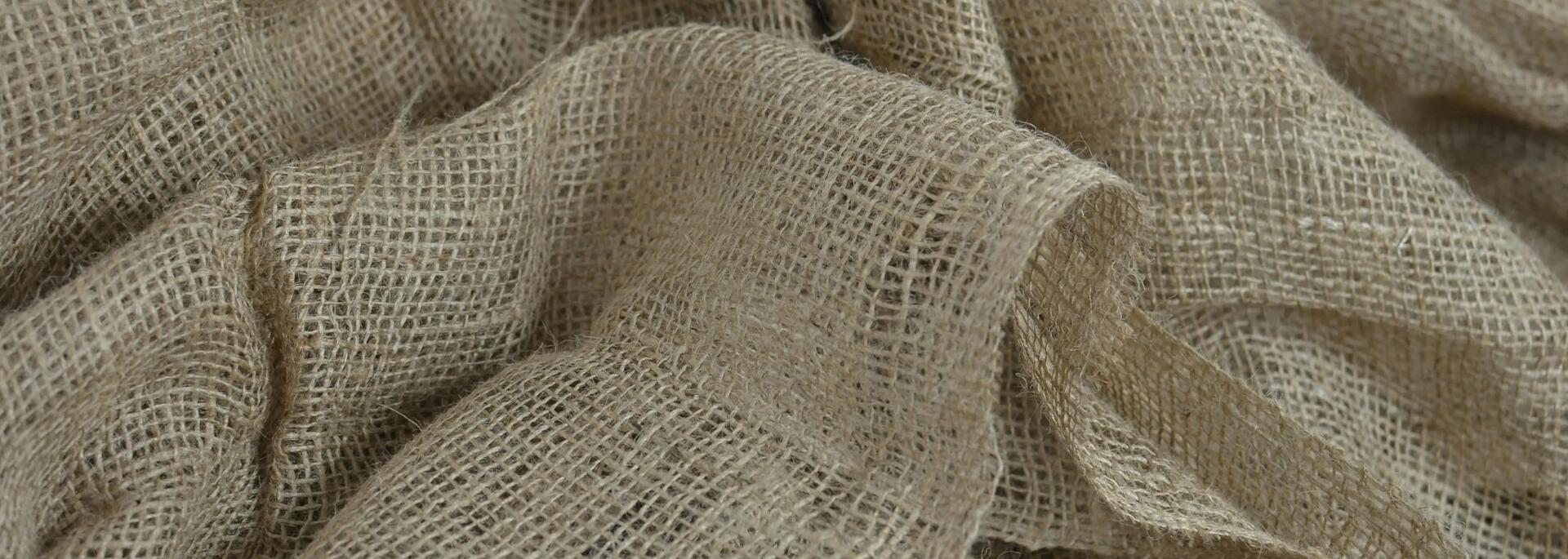A second life for objects: the principles of upcycling
Upcycling is based on a fundamental principle: using existing products or materials to create something new and (hopefully) more qualitative. It's not just about recycling an object, but reinventing it to give it a different role. For example, in a traditional recycling process, a used cotton shirt could be turned into fibres to produce a low-end fabric or insulating material. With upcycling, this shirt can be cut, sewn and redesigned to become a bag, a cushion cover or even a unique fashion accessory.
Using simple, accessible techniques, transforms waste into a valuable resource, while retaining many of its original properties. This process highlights the importance of making the most of what already exists, rather than continuously producing new raw materials.






